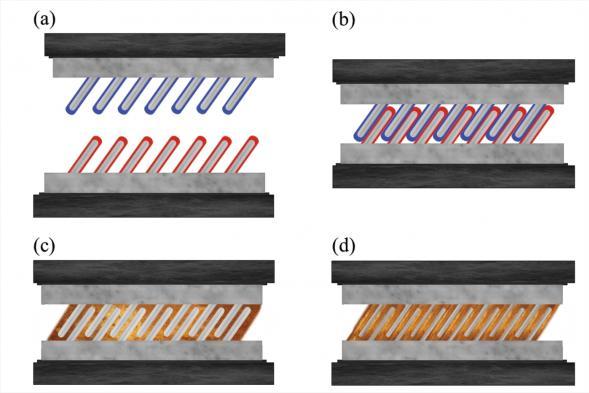
BOSTON, Jan. 8 (UPI) — Researchers at Northeastern University — a professor and two PhD students — have invented a new sealant capable of creating a metal bond. They’re calling it “metallic glue.”
The glue can be used at room temperature, and its activation doesn’t require high pressure.
“It’s like welding or soldering but without the heat,” lead researcher Hanchen Huang, a professor of mechanical and industrial engineering, explained in a press release.
Huang and his students-turned-research partners created the metallic glue using metallic nanorods. The rods are tiny metallic cores coated on one side with indium and on the other with gallium. The nanorods are situated along a substrate like interlocking teeth.
When gallium teeth meet indium teeth, they become liquid. But the metal core quickly turns that liquid back into a solid, creating a metal bond capable of conducting heat and electricity.
Unlike standard glue, the metallic glue maintains its integrity at high temperatures and pressures. It also possesses superior conductivity and is less prone to air and gas leaks.
Huang and his colleagues say the glue could be used to attach a CPU to a circuit board or a filament to a light bulb. The material achieves bonds similar to those created via soldering or welding, but without the heat that can be dangerous to workers and potentially damage the product.
“The metallic glue has multiple applications, many of them in the electronics industry,” Huang said. “As a heat conductor, it may replace the thermal grease currently being used, and as an electrical conductor, it may replace today’s solders. Particular products include solar cells, pipe fittings, and components for computers and mobile devices.”
Researchers described their new material — which they’ve spun off into a startup company, MesoGlue — in the journal Advanced Materials and Processes.



